The big spring presentation of Huawei has died down, the main new products of which were flagships

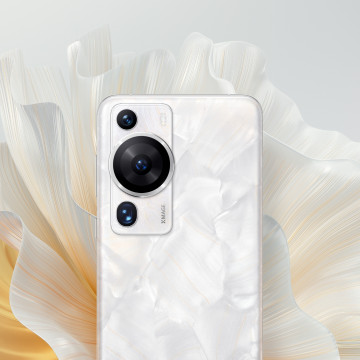
Huawei P60 (left) and Huawei P60 Pro (right)
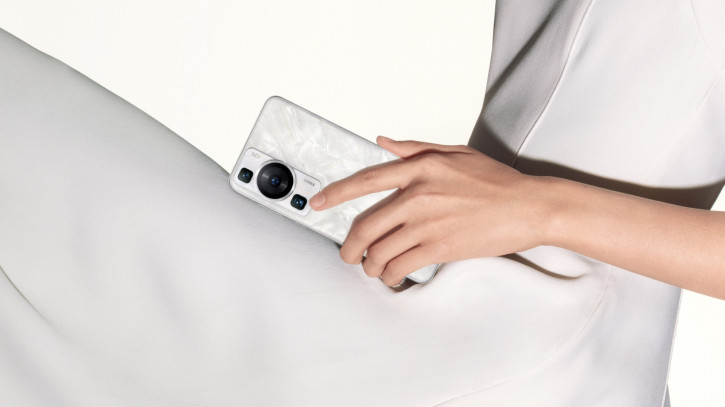
New camera configurations cannot be namedoutstanding, but there is still something curious about them. Firstly, the P60 Pro periscope module is notable for being the first in the industry to receive matrix shift stabilization. Secondly, it uses a fast f/2.1 aperture that lets in more light and is therefore well suited for portraits with beautiful bokeh and low-light work. Thirdly, the main 48-megapixel sensor of all three models is equipped with a variable aperture f / 1.4-4.0, which supports 10 intermediate positions. The width of the P60 and P60 Pro is the same as that of the Mate 50 (13 MP, f/2.2).
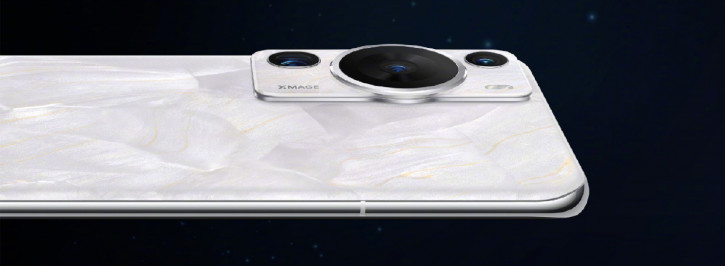
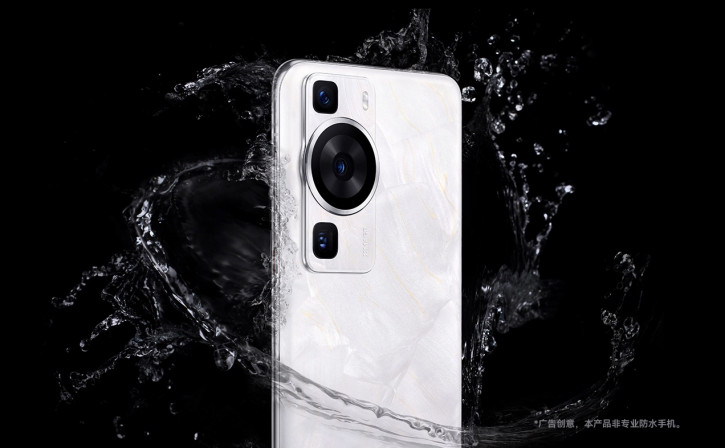
Both models are equipped with a 4G version of the Snapdragon 8+ chipGen 1, with a 4815 mAh battery and the same 6.67″ AMOLED screen (LTPO 1-120 Hz) with glass rounded on four sides (Kunlun Glass in the case of firmware). Also, the new products are protected from water (IP68) and support the exchange of text data with Beidou satellites. The final difference is the charging system: while the base P60 offers 66W wired and 50W wireless, the P60 Pro already boasts 88W technology and 7.5W reverse charging.
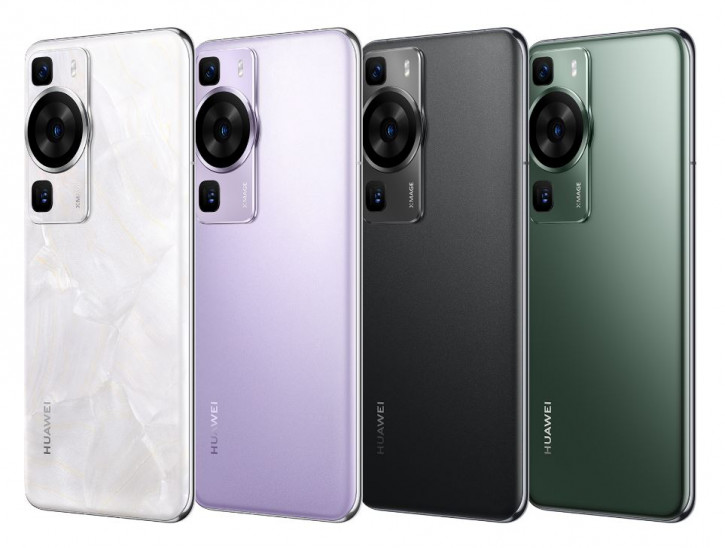

Huawei P60 will hit the shelves in versions 8/128,8/256 and 8/512 GB for 4488, 4988 and 5988 yuan (52,960, 58,860 and 70,660 rubles). The older Huawei P60 Pro will be available with 8/256 and 8/512 GB of memory for 6988 and 7988 yuan (82,460 and 94,260 rubles). The set of colors is common for both models: white, purple, green and black. Sales in China will start on March 30.
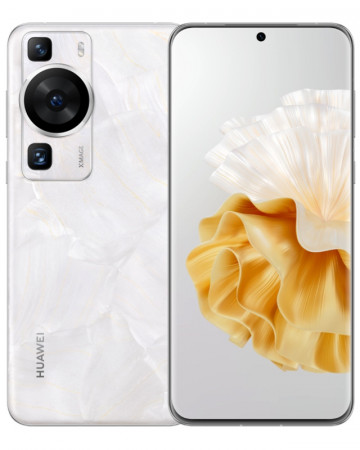
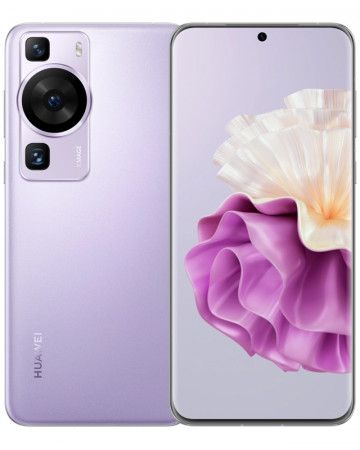
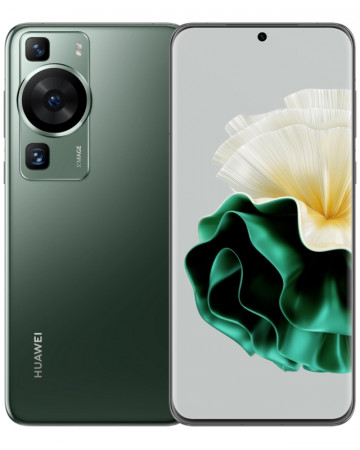
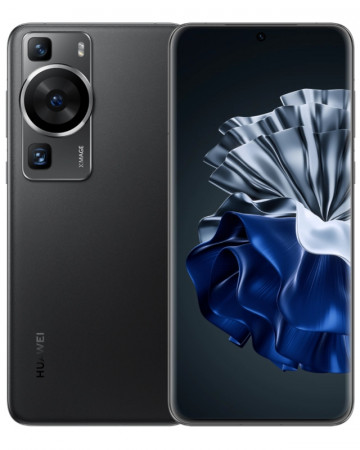
Huawei P60
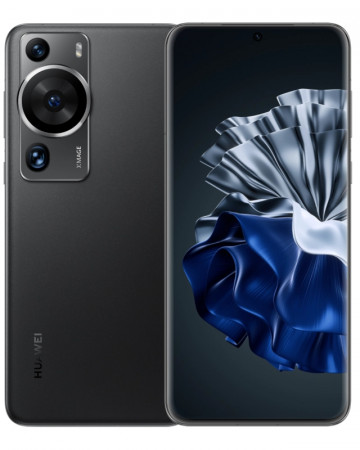


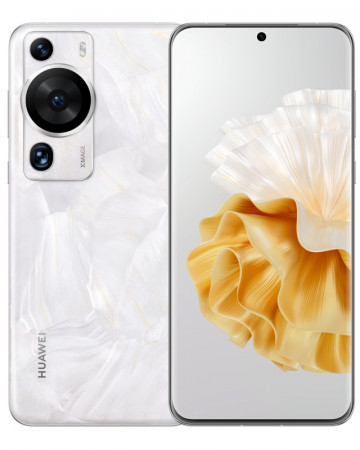
Huawei P60 Pro
 |
Specifications | ||
|---|---|---|---|
| Huawei P60 | Huawei P60 Pro | ||
| Network | 2G, 3G, 4G | ||
| Firmware | Harmony OS 3.1 | ||
| Screen | 6.67″, 2700 x 1220 pixels, 1-120 Hz (LTPO), touch 300 Hz, 10 bit, HDR-P3, HDR Vivid, PWM 1440 Hz, OLED | 6.67″, 2700 x 1220 pixels, 1-120 Hz (LTPO), touch 300 Hz, 10 bit, HDR-P3, HDR Vivid, PWM 1440 Hz, OLED,Kunlun Glass | |
| Chipset | Snapdragon 8+ Gen1 4G, 4 nm GPU: Adreno 730 |
||
| Ram | 8 GB | ||
| ROM | 128 GB 256 GB 512 GB |
256 GB 512 GB |
|
| SIM and memory card | Dual nanoSIM + NM Card up to 256 GB | ||
| Camera | Triple, AI, HDR, XMAGE, 4K video recording, slo-mo 1080p@960fps / 240 fps Main: 48 MP, f/1.4-4.0 variable aperture wide angle: 13 MP, Sony IMX688, f/2.2 Periscope: 12MP, f/3.4, OIS, 5x optical zoom, 100x digital zoom |
Triple, AI, HDR, XMAGE, 4K video recording, slo-mo 1080p@960fps / 240 fps Main: 48 MP, f/1.4-4.0 variable aperture wide angle: 13 MP, Sony IMX688, f/2.2 Periscope: 48 MP, f/2.1, OIS (matrix), 3.5x optical zoom, 200x digital zoom |
|
| Selfie | hole in the center, 13 MP, f/2.4, AI, HDR | ||
| Battery | 4815 mAh | ||
| Charging | USB-C, USB 3.1 Gen 1, 66W, Wireless 50W | USB-C, USB 3.1 Gen 1, 88W, Wireless 50W, Reversible 7.5W | |
| Wireless interfaces | Wi-Fi 802.11 a/b/g/n/ac/ax, 2.4/5 GHz, 2×2 MIMO, HE160, 4096 QAM Bluetooth 5.2 GPS, A-GPS, GLONASS, Beidou, QZSS, NavIC Text data exchange via Beidou satellites |
||
| NFC | there is | ||
| Biometrics | In-screen fingerprint scanner Face recognition |
||
| Sound | Stereo speakers, Huawei Histen, LDAC | ||
| Water protection | IP68 | ||
| Dimensions and weight | 161 x 74.5 x 8.3mm 197 g |
161 x 74.5 x 8.3mm 200 g |
|
| Price | 4488 yuan 4988 yuan 5988 yuan (52 960 rubles 58 860 rubles 70 660 rubles) |
6988 yuan 7988 yuan (82 460 rubles 94 260 rubles) |
|
© Vladimir Kovalev.
According to Huawei